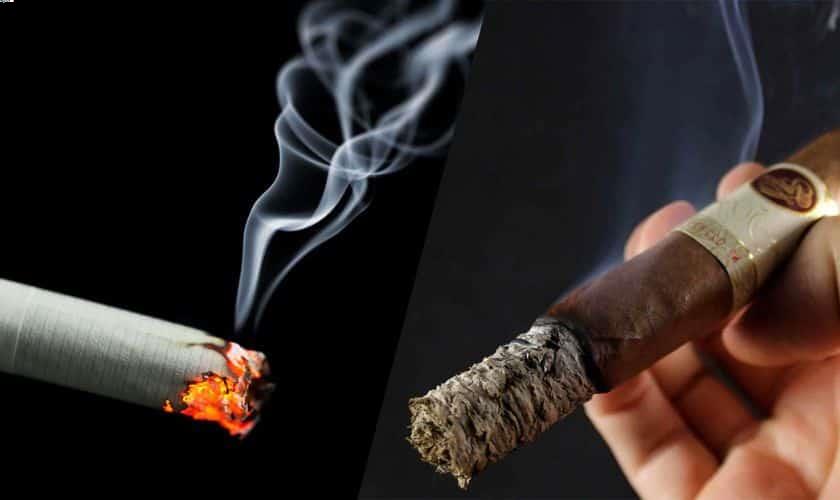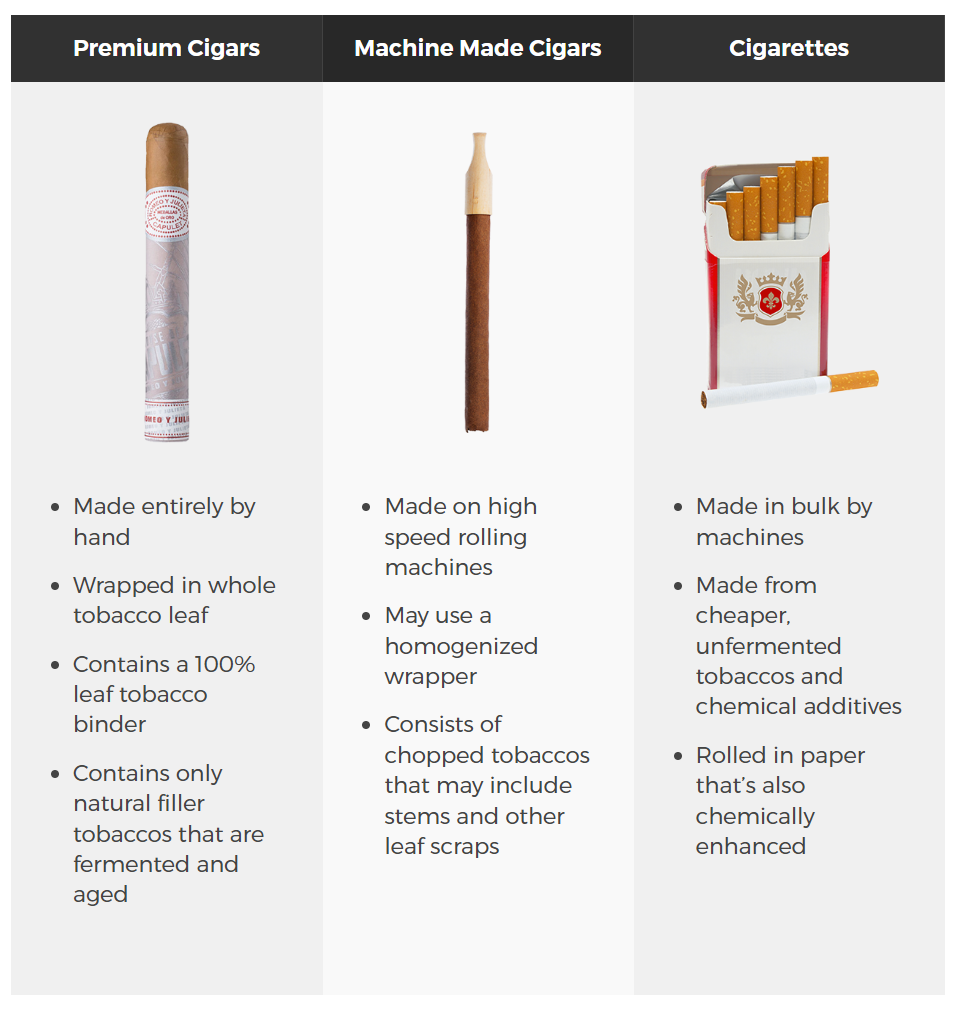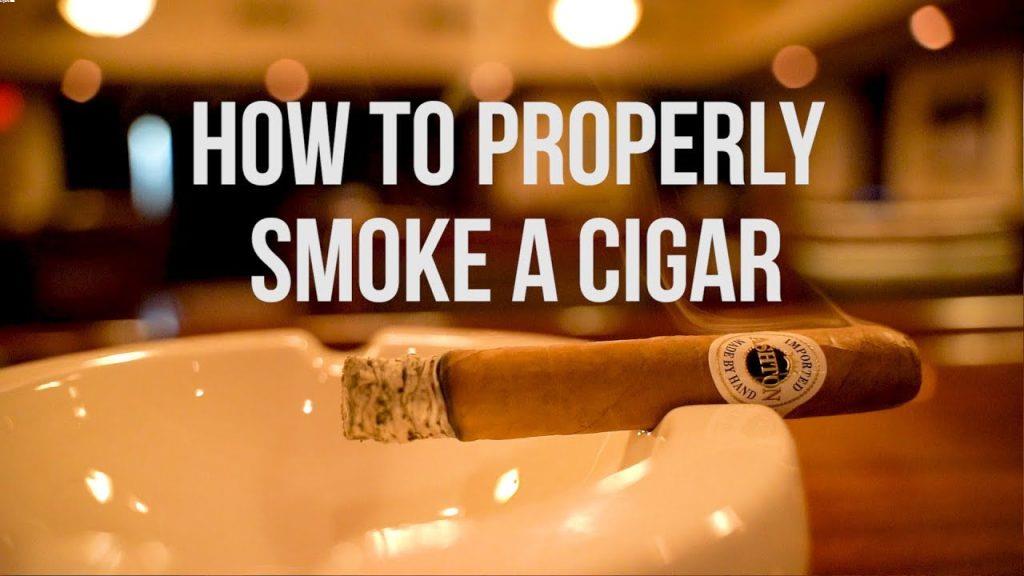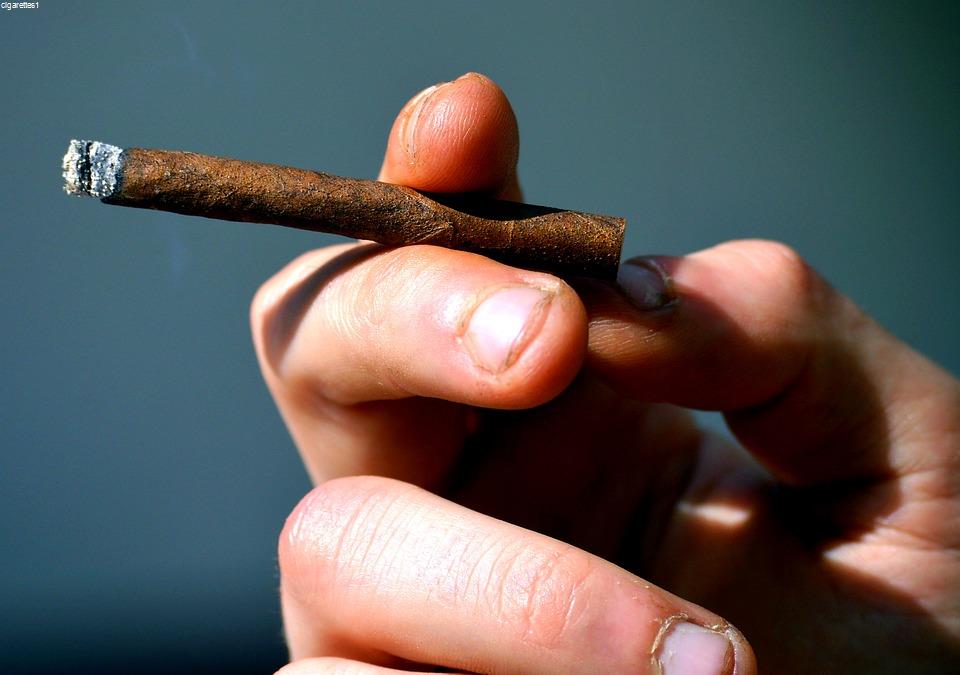Construction & Materials
Cigarettes: These use shredded tobacco wrapped in thin paper with a cellulose filter. The tobacco's usually lower-grade with additives - I've noticed cheaper brands leave more ash and burn unevenly.
Cigarillos: About half the size of cigars, these use whole tobacco leaves for wrapping. The ones I've tried in Spain had a noticeably richer taste than cigarettes but lacked the complexity of proper cigars.
Cigars: The Rolls-Royce of tobacco - premium fermented leaves with no additives. A well-rolled cigar should feel firm with minimal veins in the wrapper leaf.

Smoking Experience
- Time: Cigarettes (5-7 mins), Cigarillos (10-15 mins), Cigars (30-90 mins)
- Technique: Cigarettes get inhaled, while cigars/cigarillos are about savoring the smoke in your mouth
- Flavor: Cigarettes taste one-dimensional compared to the evolving notes in a good cigar

Nicotine & Health Facts
While cigars contain more nicotine (100-200mg vs cigarettes' 10mg), you absorb less if you don't inhale. That said, my Cuban cigar experience left me lightheaded despite careful puffing. The real danger comes when cigarette smokers switch to cigars but keep inhaling out of habit.

Storage & Quality
Cigars demand humidors (I keep mine at 70% humidity), while cigarettes and cigarillos just need dry storage. Pro tip: If a cigar feels like a twig or smells musty, it's past its prime.

Market Differences
European cigarillos use pure tobacco wrappers to qualify for tax benefits - the German ones I've tried burn slower than American versions with paper blends. Most premium cigars come from Cuba, Nicaragua, or Dominican Republic.
